
The verdict: Quick, sensible, useful and comfortable, the EQB 300 and 350 are appealing, well-executed compact luxury electric SUVs with just enough style, but they’re lacking some common standard features.
Versus the competition: Priced to compete with the Audi Q4 e-Tron, the uplevel Volkswagen ID.4, and the Tesla Model Y, the EQB is nicer than any of those cars on the inside, but it can’t match the Tesla’s acceleration, charging performance, or range.
Mercedes-Benz has focused a lot of time and attention on its flashy new electric offerings, all encompassed under a Mercedes-EQ sub-brand. We’ve seen and driven the EQS luxury sedan, the smaller EQE mid-size car, and the EQS full-size luxury SUV, but there’s another electric Mercedes at the “entry-level” end of the spectrum: the five- or seven-seat EQB compact SUV. Unlike larger offerings in the Mercedes-EQ lineup, the EQB is based on an existing model, the GLB, that’s been heavily modified to accept an electric powertrain. Interestingly, the EQB retains the GLB’s five- or seven-seat configuration. That’s the first surprise; the second is just how good it is to drive and use.
Related: 2022 Mercedes-EQ EQB: The GLB Goes Electric
Conventional Styling, Conventional Thinking
Right off the bat, the EQB’s look is quite familiar. Only the front and rear styling changed in its transformation into an electric vehicle, along with the addition of some special colors and wheels. The idea was to keep it as normal-looking as possible; if you didn’t know what you were looking at, you might assume it was just a typical gas-powered SUV. The blocked-off, smoothed-over front grille, however, features the new signature Mercedes-EQ lighting strip, identifying it as something different.
Overall, the look is conventional — not swoopy, crazy modern, or science-fictiony, like the Mercedes-EQ EQE and EQS sedans. It’s an upright, comfortable introduction to EVs for someone who might be interested in moving from a familiar Mercedes-Benz product to an all-electric alternative. It should work well in this regard.
Interior Is Just as Familiar
Step into the upright cabin and you’ll see an interior that’s nearly identical to the gas-powered GLB’s, and that’s a good thing. Of Mercedes-Benz’s various compact offerings, including the more space-challenged GLA, the formal roofline of the GLB and EQB creates a much roomier feeling inside. Visibility outward is excellent, the driving position is comfortable and tall, and there’s a surprising amount of legroom, headroom, and hip room in both the first and second rows of seats. There’s also an optional two-seat third row, but it’s suitable only for children. That extra seating capacity might be useful for families using the EQB as emergency soccer-team transport, but most everyone else can skip it (though it is made a bit more usable by the fact that the second row can slide forward and back).
What might surprise people most about the EQB is the SUV’s interior tech: It has the prior generation of Mercedes’ MBUX multimedia system, not the latest and greatest version that graces the company’s newest offerings. And while we normally like having the latest and greatest of anything, the previous system was just better. It’s easier to use, with far less information overload, and it’s controlled via buttons and switches, not capacitive touch sensors (at least on the center console).
These little details give the EQB a more luxurious feel than a lot of Mercedes’ newer offerings, and that’s thanks to the actual tactile feedback you get from those buttons and switches; you don’t just feel a flat plastic panel under your fingertips. It might not look as flashy as the newest MBUX screens — and indeed, the 10.25-inch digital gauge cluster and accompanying 10.25-inch central touchscreen do look a little dinky compared with what’s available in a model like the EQE sedan — but they work well, they’re positioned properly, and they’re far less likely to elicit user frustration than the newer system.
Fun to Drive – But Not Too Much Fun
To start, the EQB will come in two flavors. The EQB 300 4Matic, with standard all-wheel drive and one motor on each axle for a combined output of 225 horsepower and 288 pounds-feet of torque. Stepping up to the EQB 350 4Matic gets you 288 hp and 384 pounds-feet of torque. It’s all powered by a 70.5-kilowatt-hour lithium-ion battery pack, which is a bit smaller than the packs found in the EQE and EQS. EPA-estimated driving range for the 2022 EQB 300 is 243 miles, while the 2022 EQB 350 has a 227-mile range. The all-wheel-drive Tesla Model Y Long Range, by comparison, has an EPA-estimated range of 330 miles, while the new Audi Q4 e-Tron is rated for 265 miles in its single-motor configuration, 236 miles with all-wheel drive.
I took a quick spin in a 2022 EQB 350 late last year, but for this review I spent a week in an EQB 300 that was on the lower end of the price spectrum, with few options — and some surprising omissions. It was also a 2022 model, but the EQB 300 is unchanged for the 2023 model year.
Mercedes-Benz says the EQB 300 can go from 0-60 mph in 7.0 seconds (the 350 shaves a second off that time), and my test car felt plenty zippy both in urban traffic and out on the highway — which is to be expected from an electric car with plenty of torque available right off the line. Acceleration wasn’t quite as brisk as in the more powerful EQB 350, but it was more than adequate to keep up with traffic and accelerate quickly away from stoplights. As with most EVs, power was always delivered in a seamless rush.
Braking was also quite good, with firmer pedal feel and better feedback for the driver than I’ve experienced in other Mercedes EVs. Activating the car’s more aggressive regenerative-braking modes doesn’t have the same pedal-moving trick that the EQE and EQS do, so one-pedal driving in the EQB is a much more pleasant experience than in those other EQ models. In them, the brake pedal automatically depresses when in the more aggressive regen mode, so it’s not located where you think it should be when you go to hit the brakes. It’s a highly unnerving feeling, and the EQB’s way is better.
Where the EQB suffers a little is in its ride and handling. The ride is excellent, but you begin to feel just how heavy this little crossover is – 4,718 pounds, according to Mercedes – when you hit bumps or dips in the pavement. The EQB handles them well, but then it porpoises a bit as it settles on its suspension in a way that’s more reminiscent of a big 1970s-era American sedan. It’s not what you’d call wallowy, but it does take a cycle or two of bouncing before it recovers its composure.
You feel this car’s heft again when you change directions or try some spirited driving on twisty roads. The EQB responds with composure but not enthusiasm, thanks both to its fairly numb steering feel and, again, to that sense of weight being thrown around thanks to its heavy battery pack. The EQB 300 weighs 827 pounds more than a seven-seat GLB 250 4Matic, and while the modified suspension does a good job accommodating that extra weight, you do feel it. Better to just use the EQB as an urban commuter and runabout, not a canyon-carver. It simply wasn’t meant to be used like that, and it’s happier as an around-town family truckster.
The EQB also lacks the range and rapid-charging capabilities necessary to be a great long-distance cruiser. The EQB 300 is rated for 243 miles of range, but with cold temperatures and frequent highway use, I got only about two-thirds of that, per the EQB’s predicted range meter. The EQB can accept up to 100 kilowatts of power from a DC fast charger, and Mercedes-Benz says it can DC fast charge from 10% to 80% in 32 minutes if all conditions are right. That falls short of the fast-charging performance available from most new Hyundai, Kia and Genesis models.
Priced to Compete
The 2022 EQB went on sale last year, and 2023 models are available at Mercedes dealerships now. My test vehicle had a starting price of $55,550, including delivery fee. This puts it pretty much on par with the Audi Q4 e-Tron and high-end trims of the Volkswagen ID.4. Tesla’s new lower pricing for the Model Y (as of this writing) actually makes its starting price slightly less than the EQB 300’s, which should give a number of buyers pause given the Tesla’s superior performance and range, plus access to the automaker’s network of Superchargers. Later this year, the EQB will face additional competition from the likes of the 2024 Chevrolet Blazer EV, which will be a bit bigger than the EQB but won’t have Mercedes’ luxury cachet. My test car’s as-tested price rang in at $57,650; it was only lightly optioned with a few features, like heated front seats, a panoramic moonroof, and a portable charging cable – but not things like keyless entry. It boggles the mind that this isn’t standard in an SUV with push-button start.
Between the two models, the EQB 300 is probably the one I’d choose. The extra power from the EQB 350’s more powerful motors is nice, but the reduction in estimated range isn’t worth that extra oomph. For now, however, the EQB SUV is an interesting alternative to a Tesla Model Y, providing a comfortable, stylish, and useful interior — if not quite matching that car on range or performance. For people looking for something other than a Tesla, it’s worth putting the EQB on your list.
More From Cars.com:
- How Do Car Seats Fit in a 2023 Mercedes-Benz EQB?
- What’s New With Electric Vehicles for 2023?
- Mercedes-Benz Announces Plans for High-Speed Charging Network
- 2023 Mercedes-EQ EQE SUV: Filling Out the Lineup With a Mid-Size Electric SUV
- Shop for a 2023 Mercedes-Benz EQB 300
Related Video:
We cannot generate a video preview.
Cars.com’s Editorial department is your source for automotive news and reviews. In line with Cars.com’s long-standing ethics policy, editors and reviewers don’t accept gifts or free trips from automakers. The Editorial department is independent of Cars.com’s advertising, sales and sponsored content departments.



































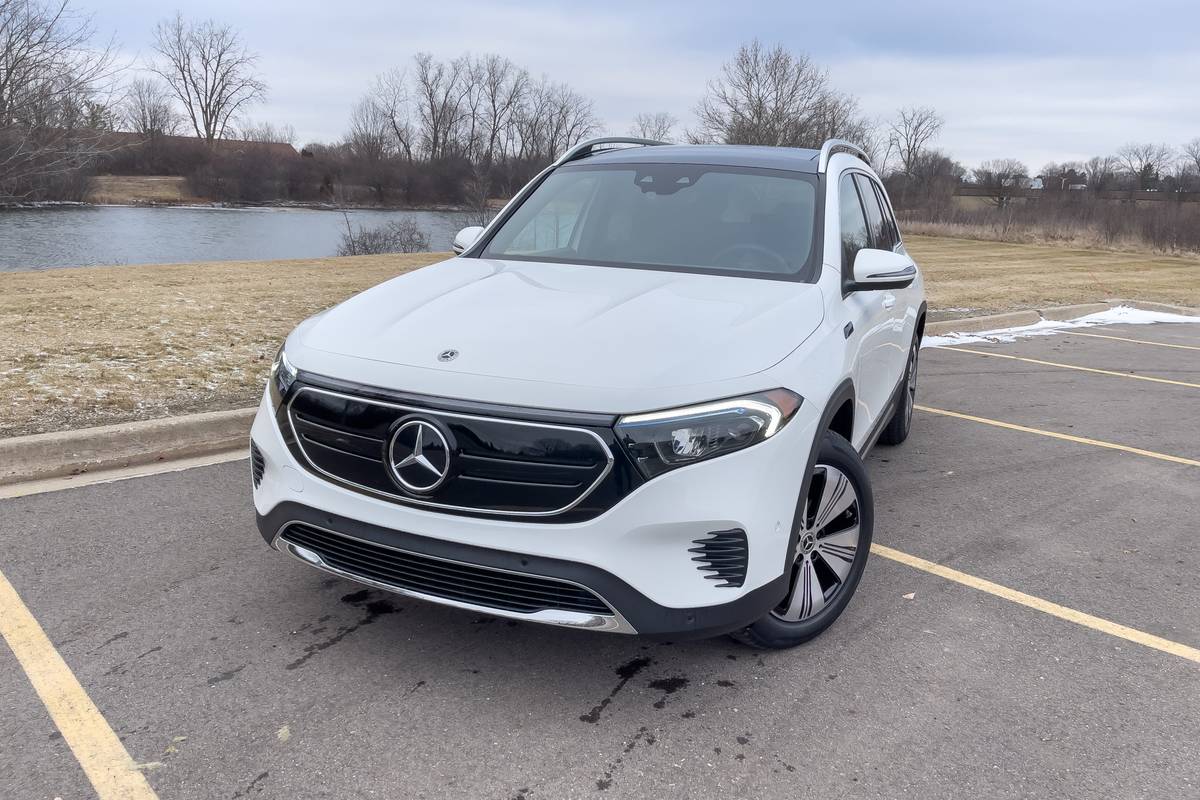


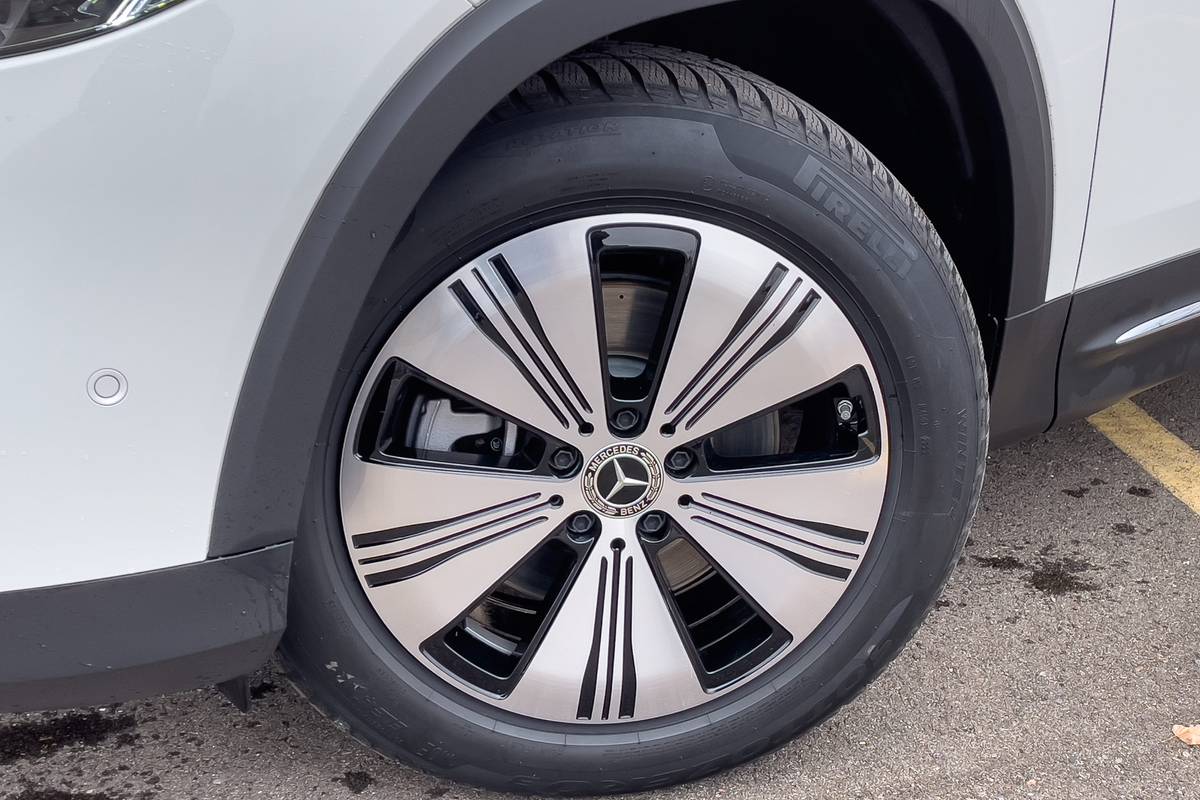
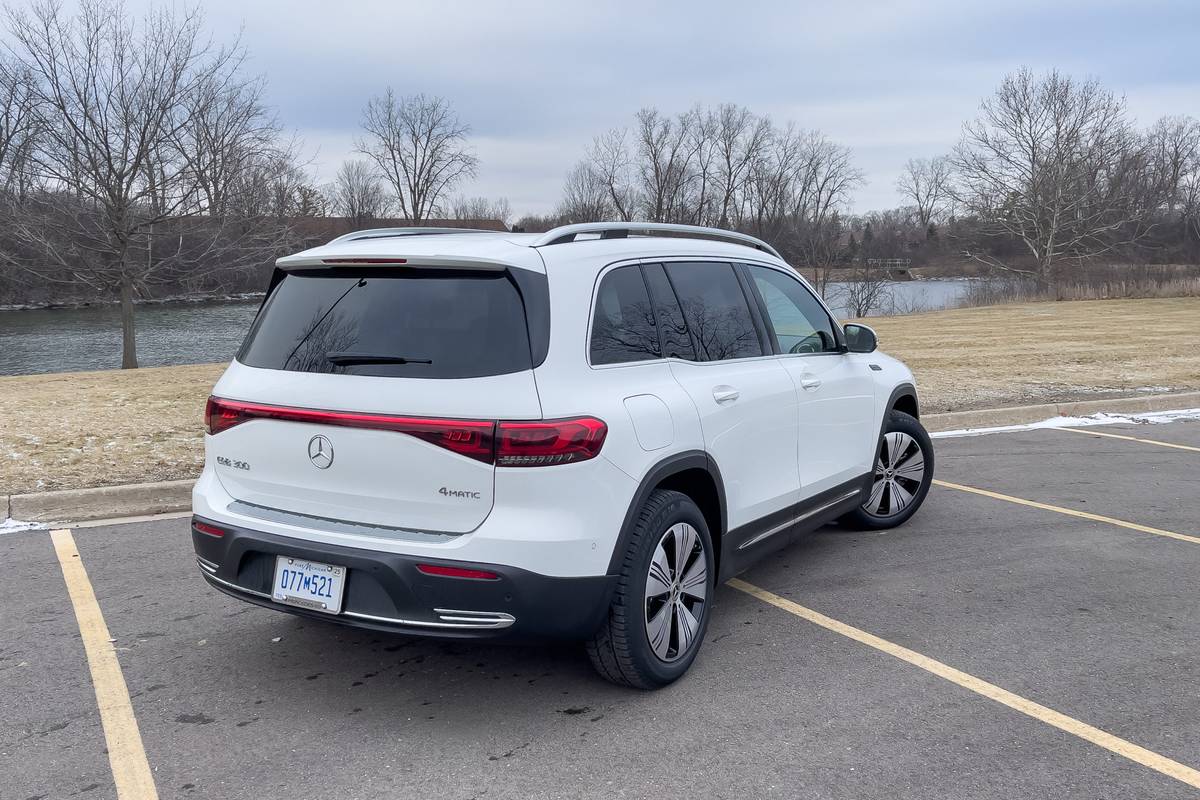
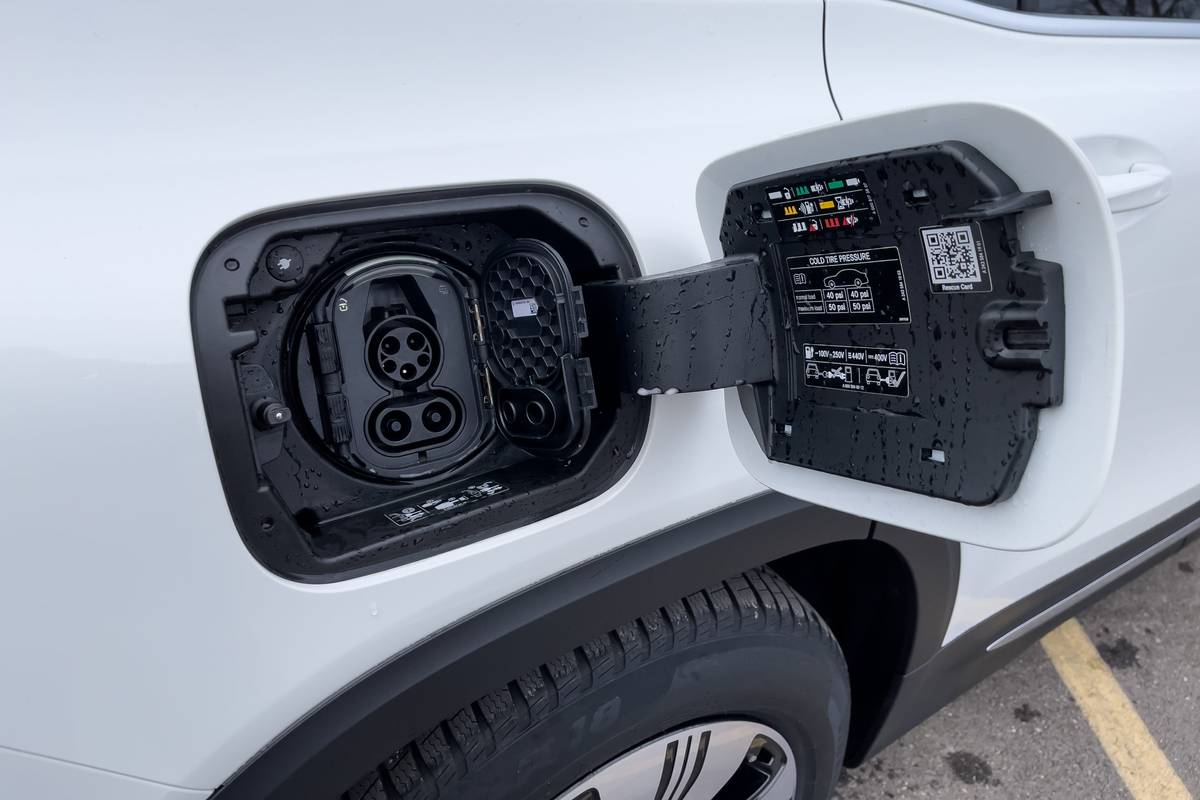
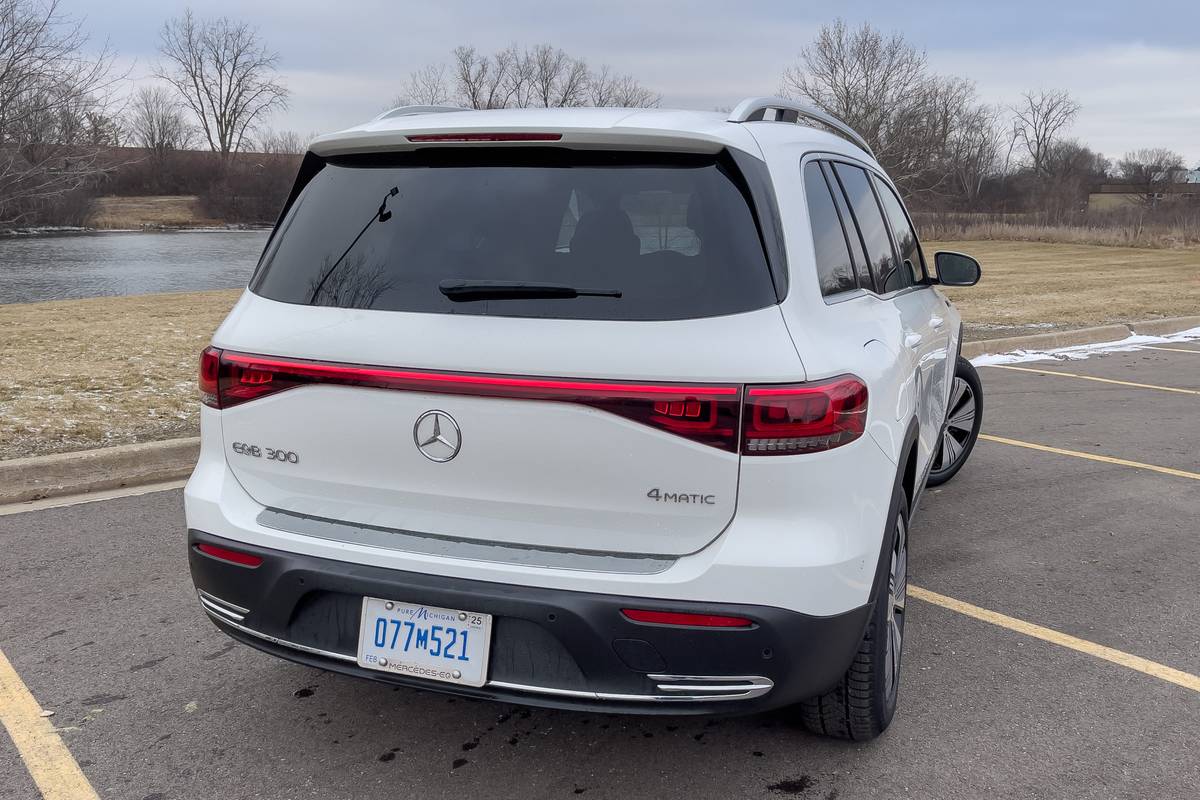
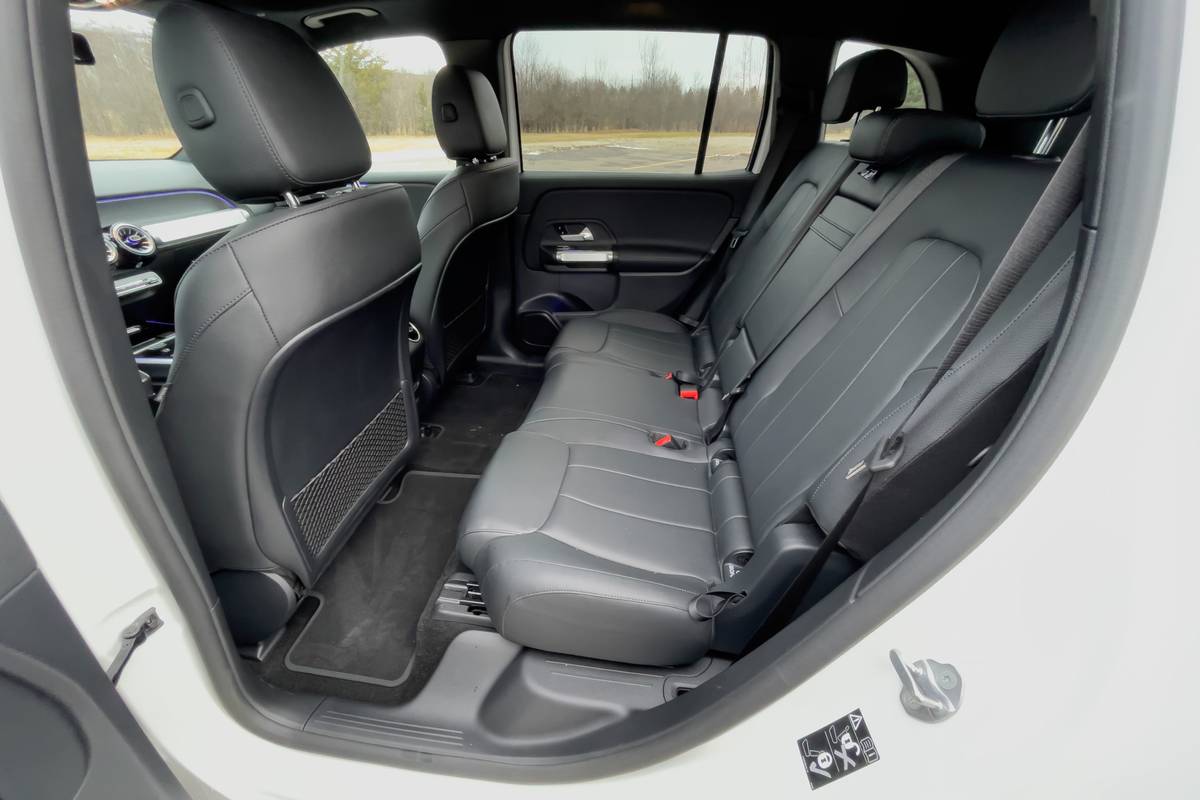




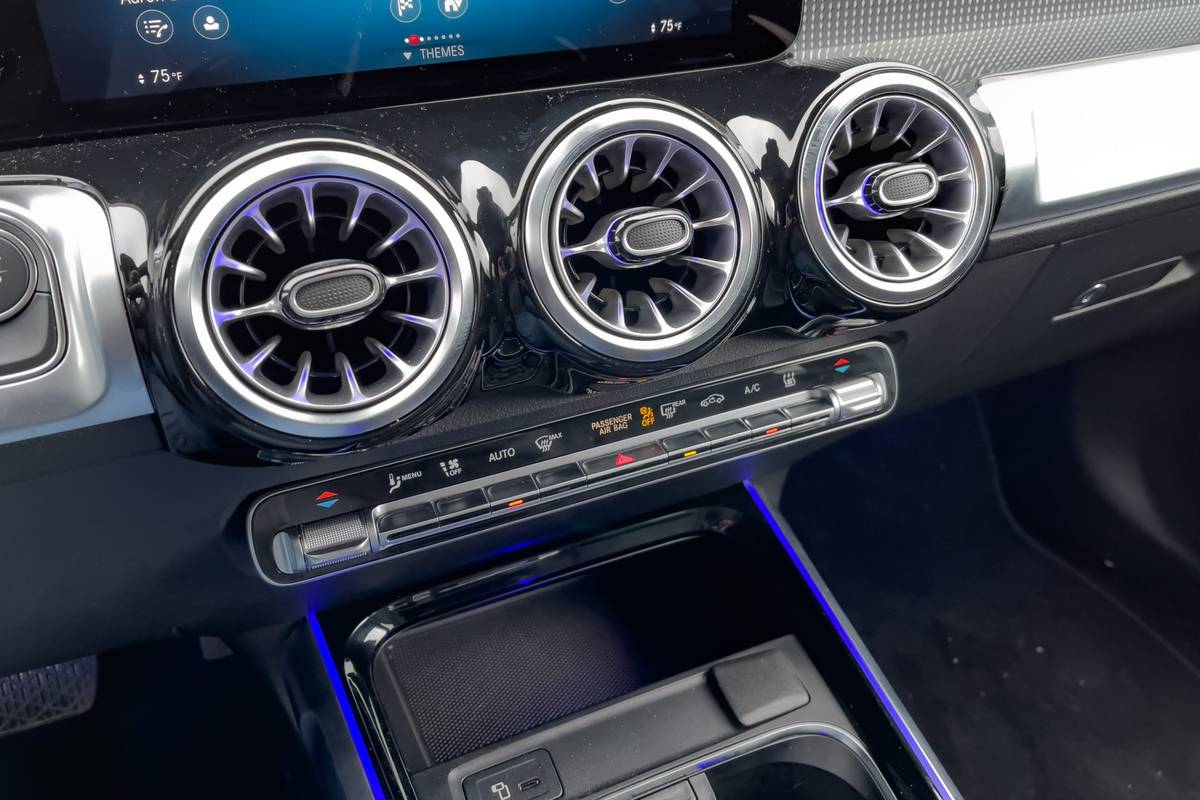
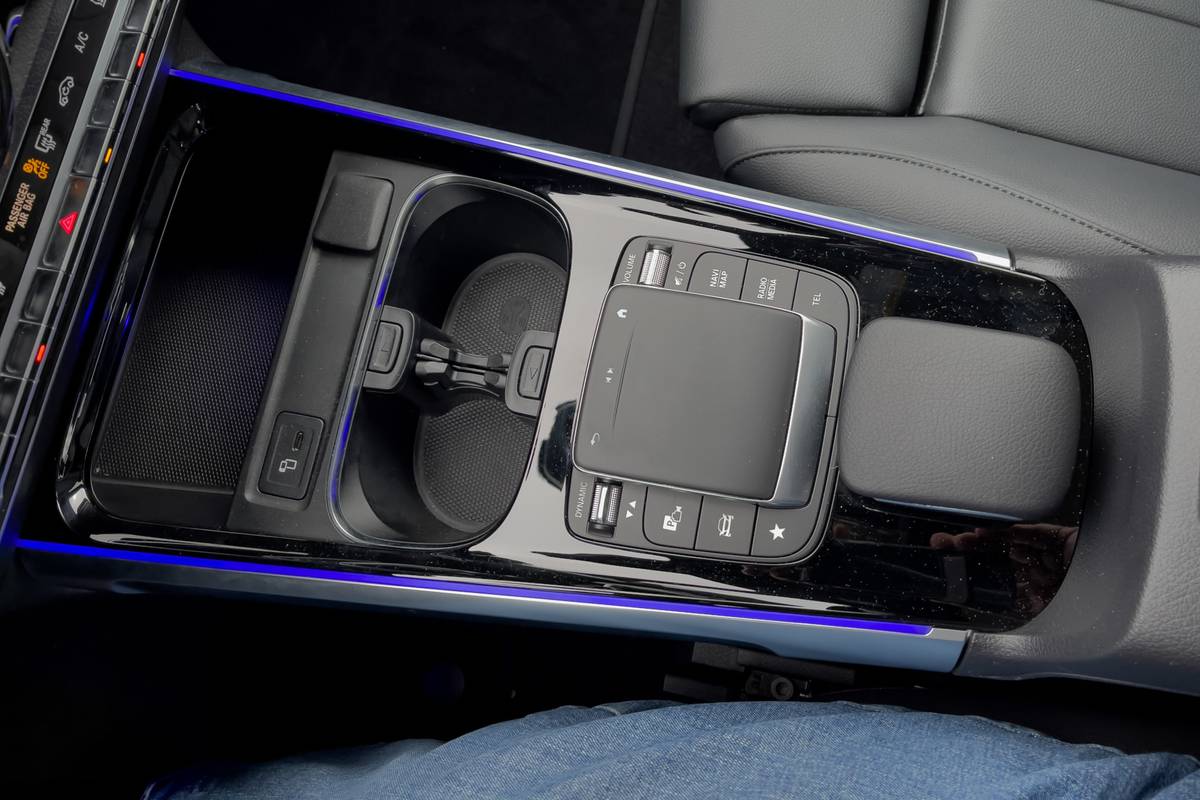
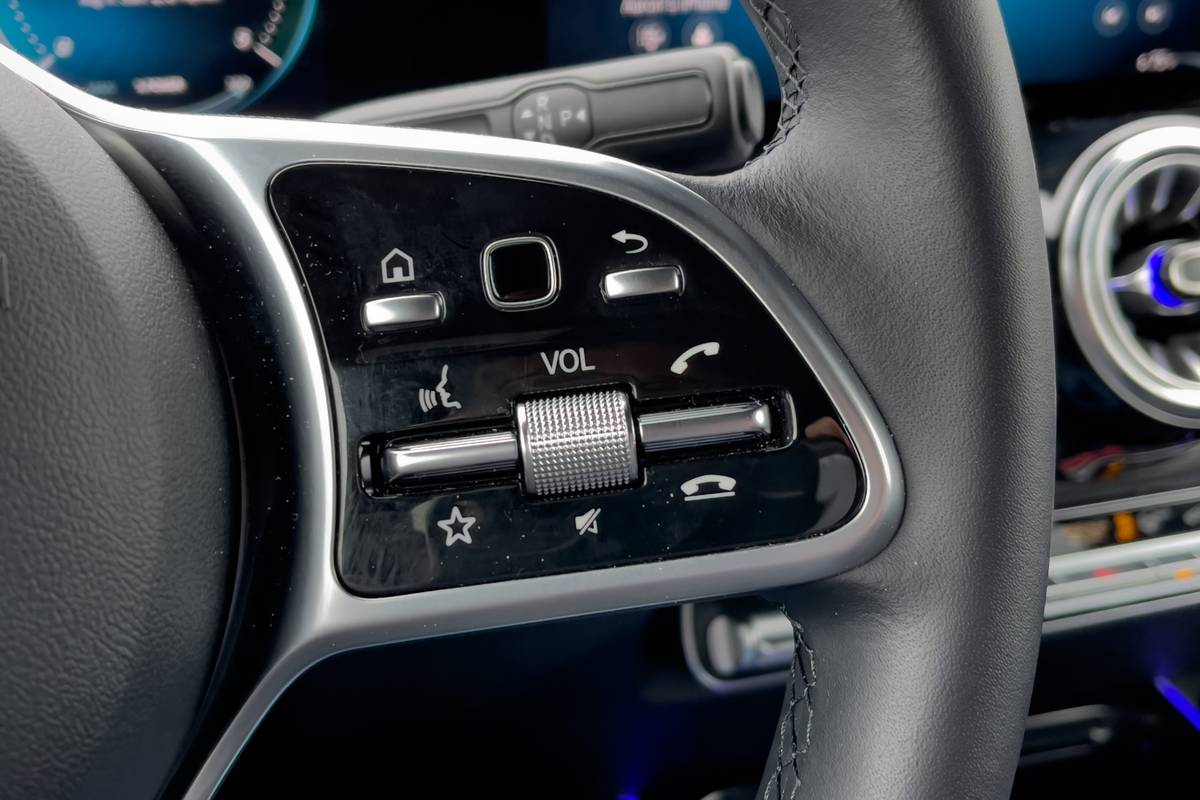
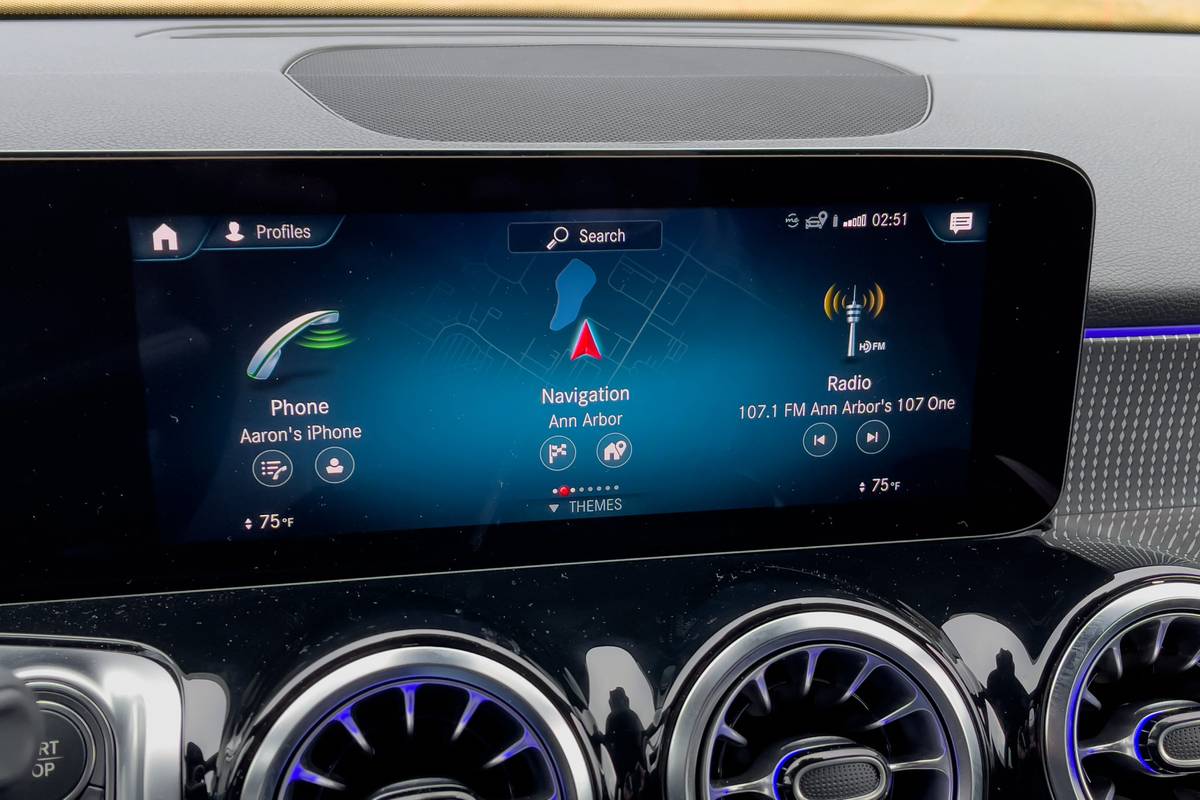
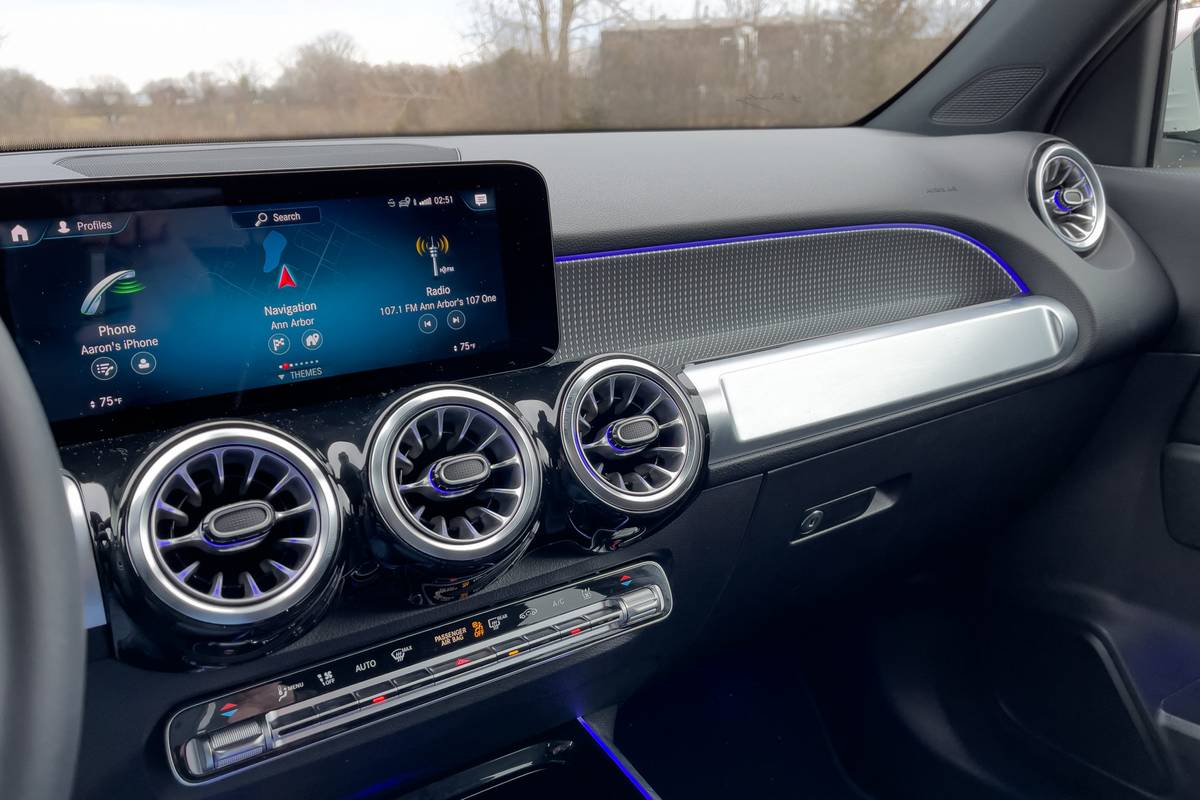
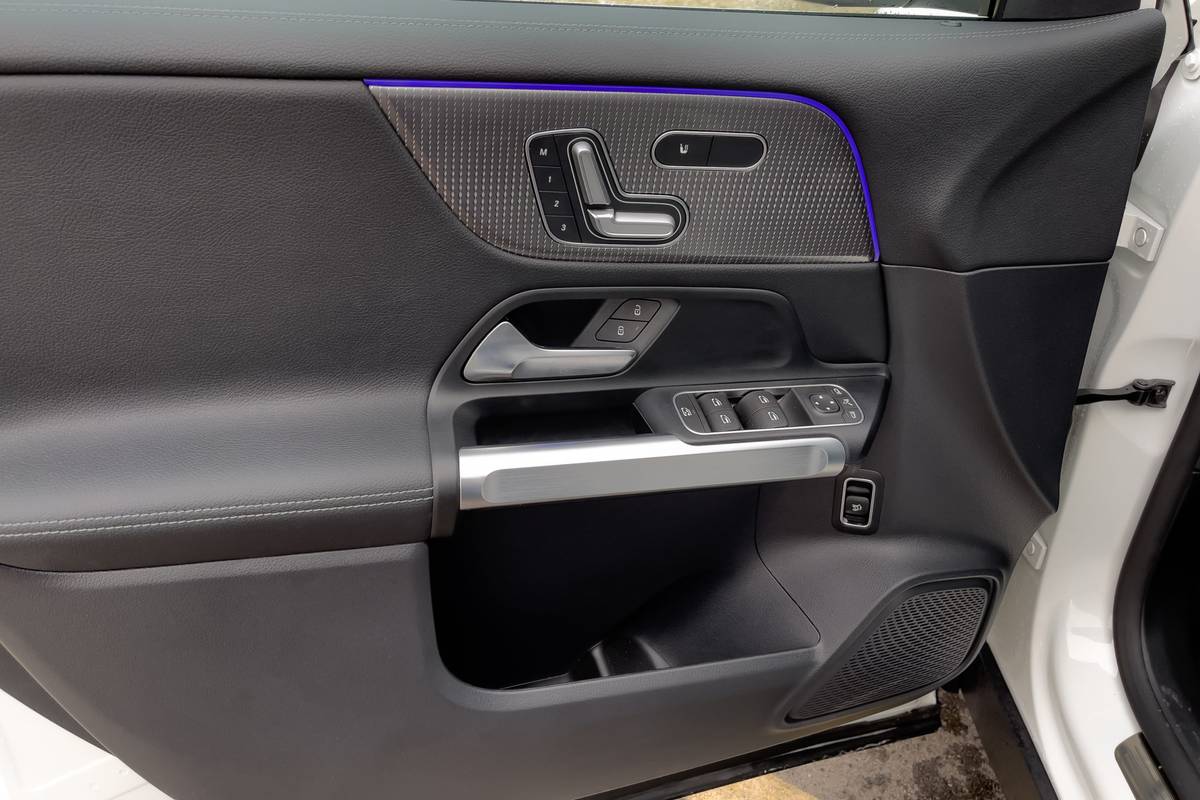
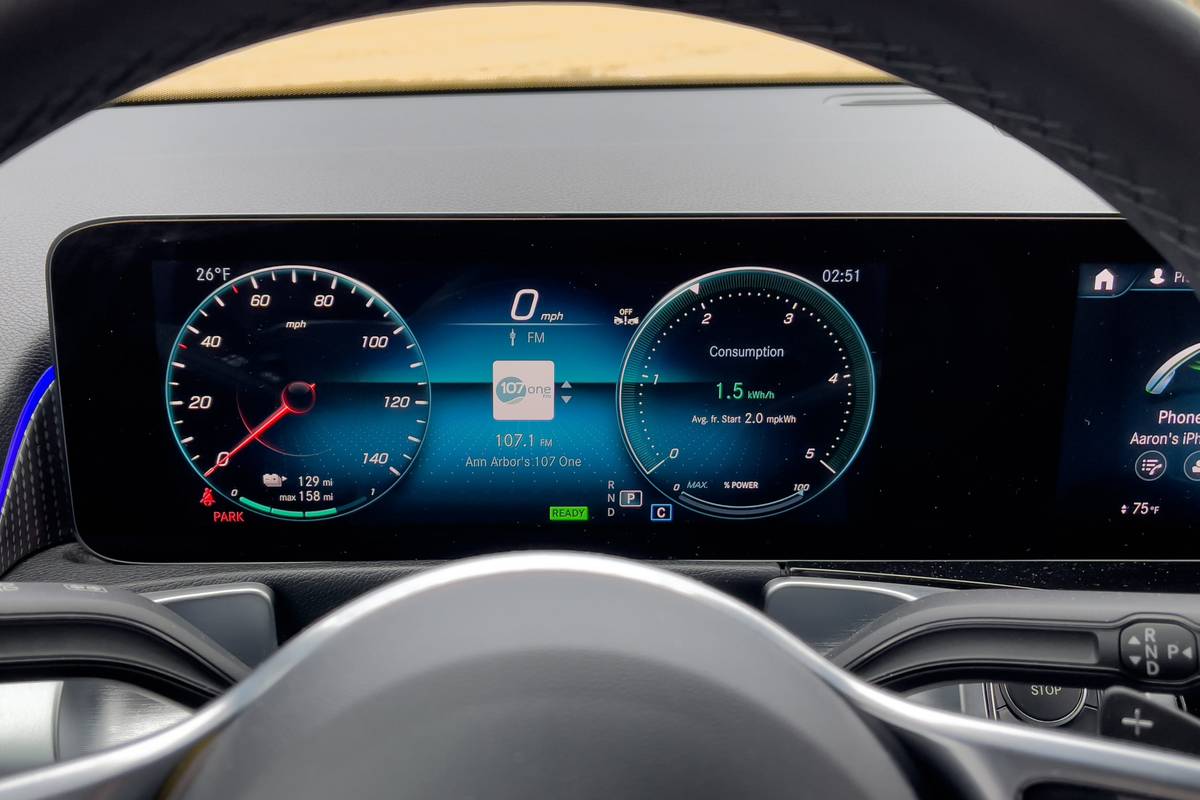

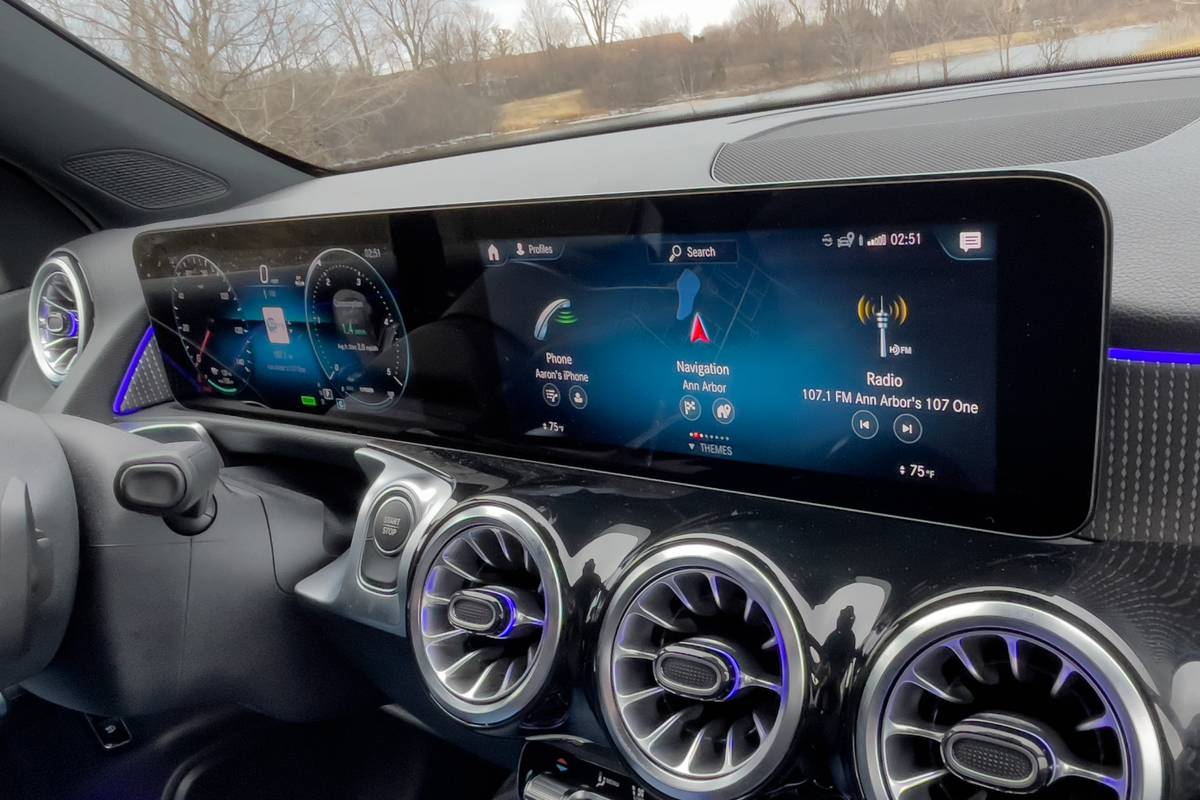








.png)